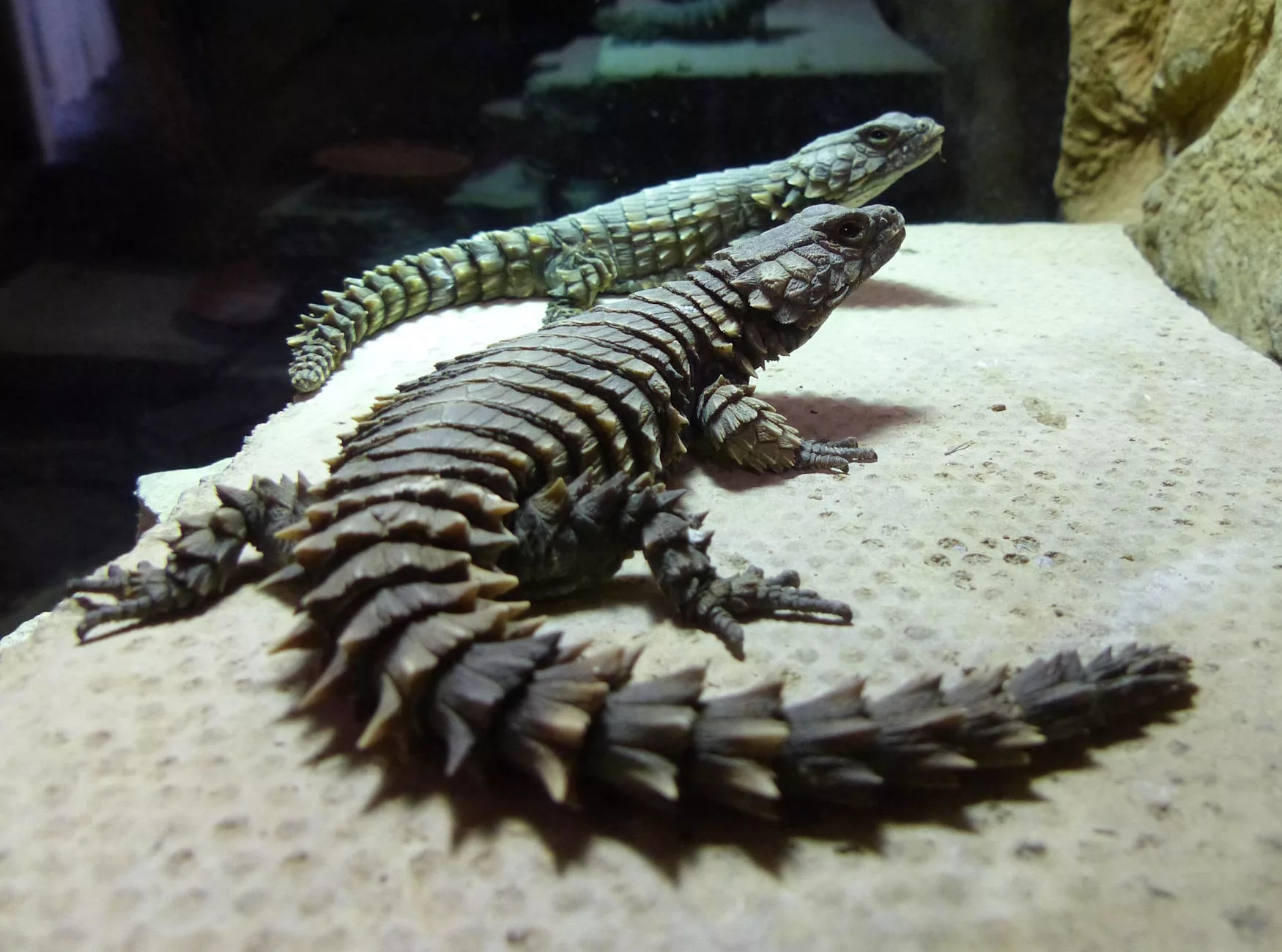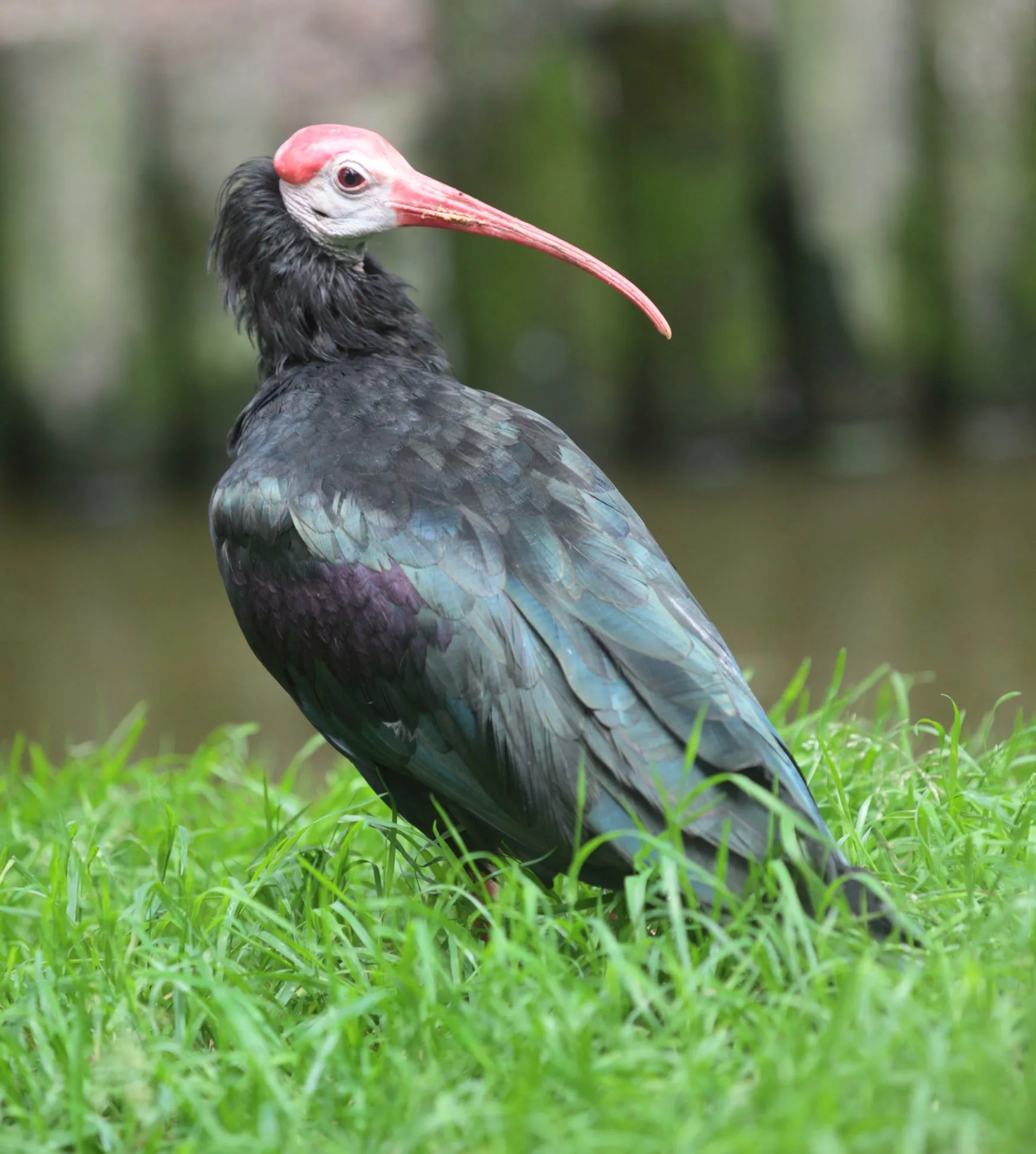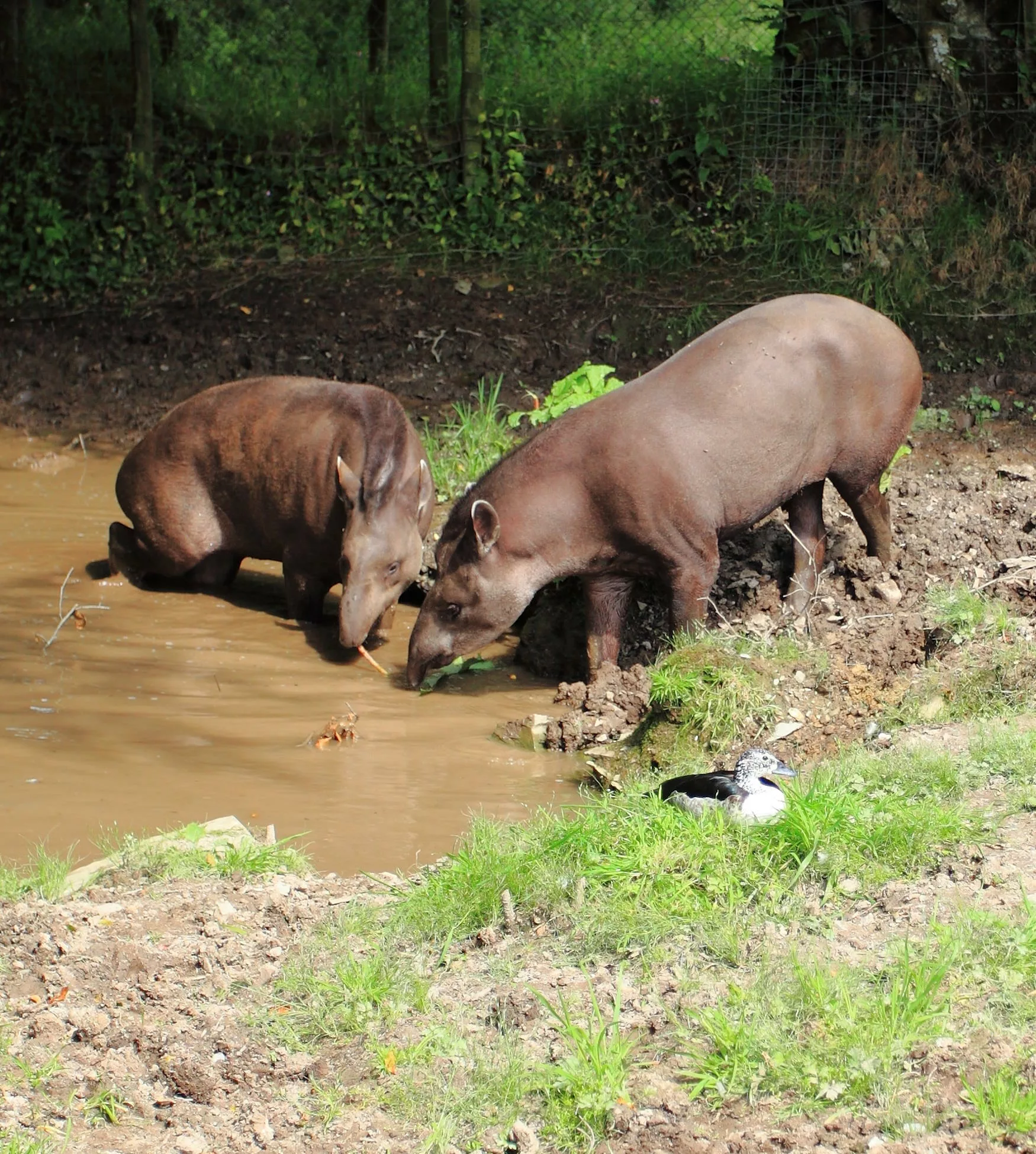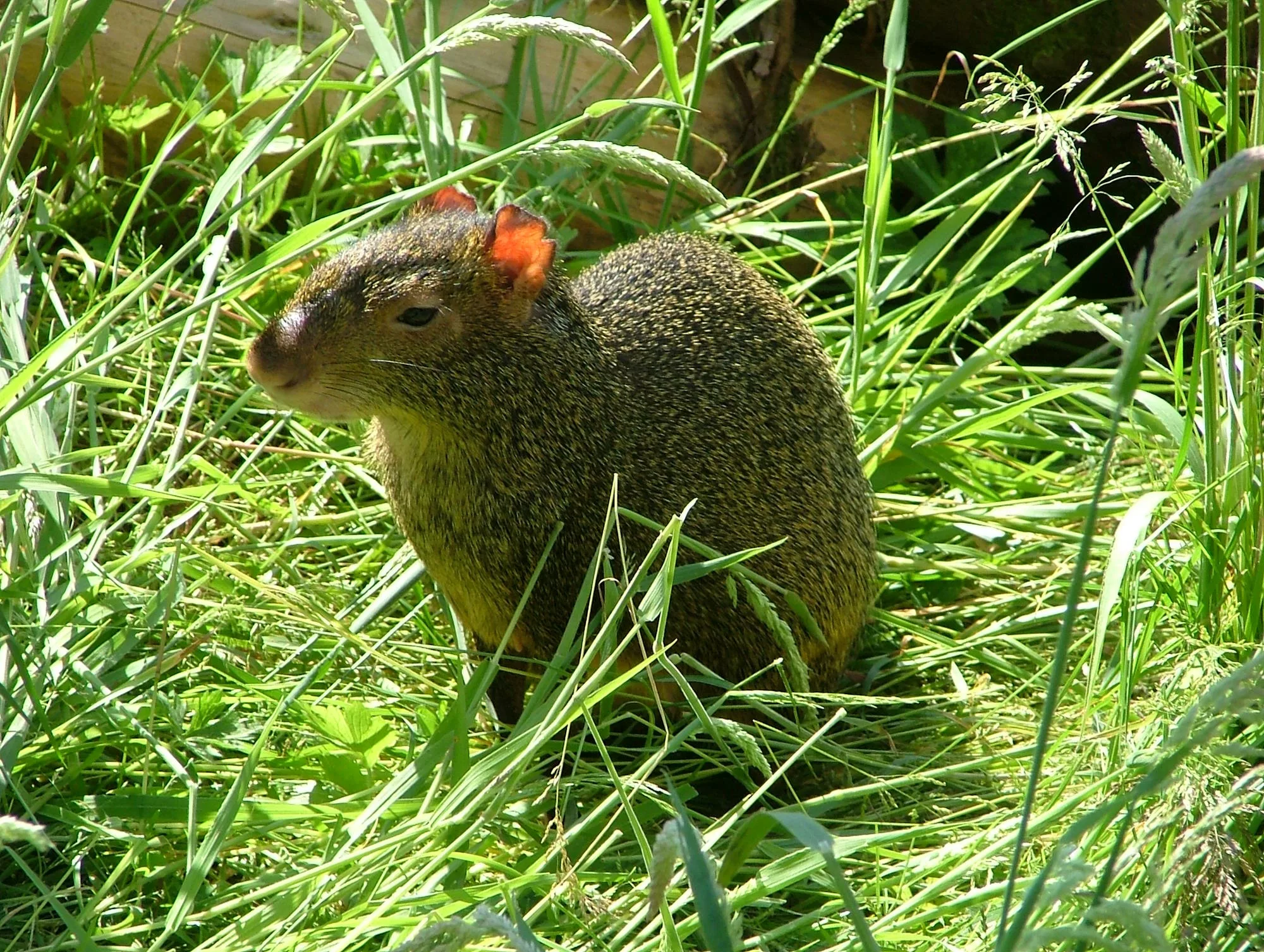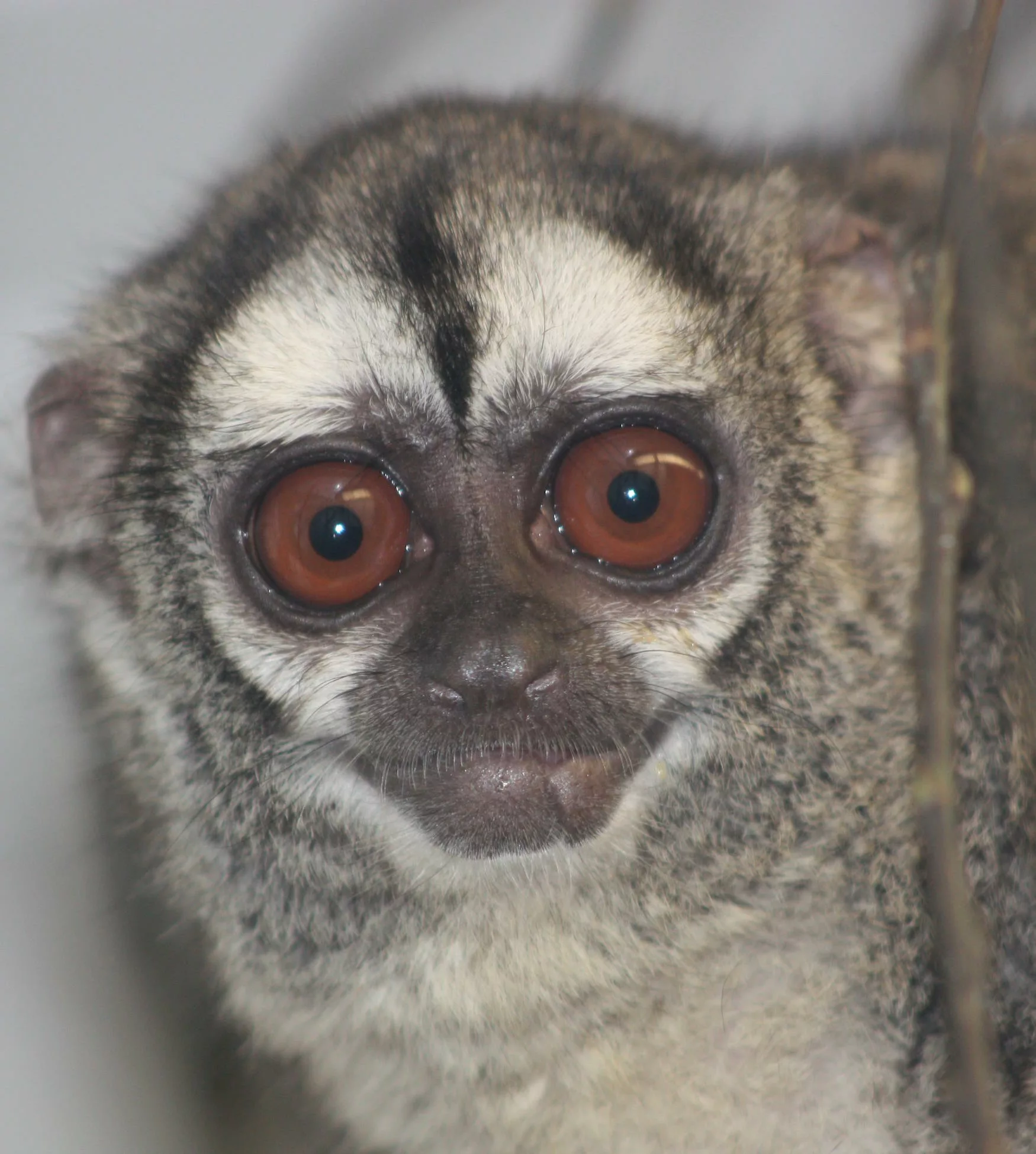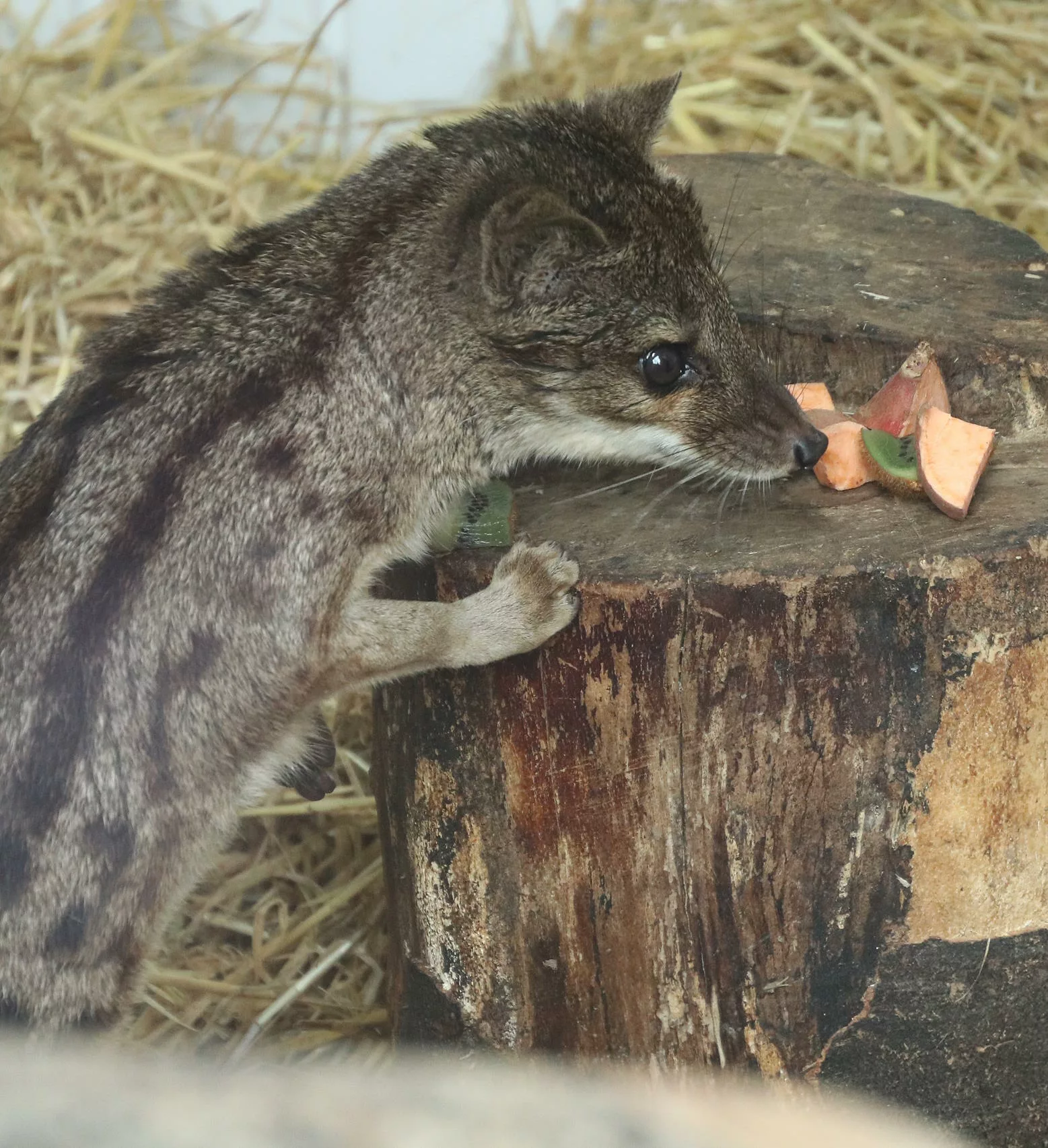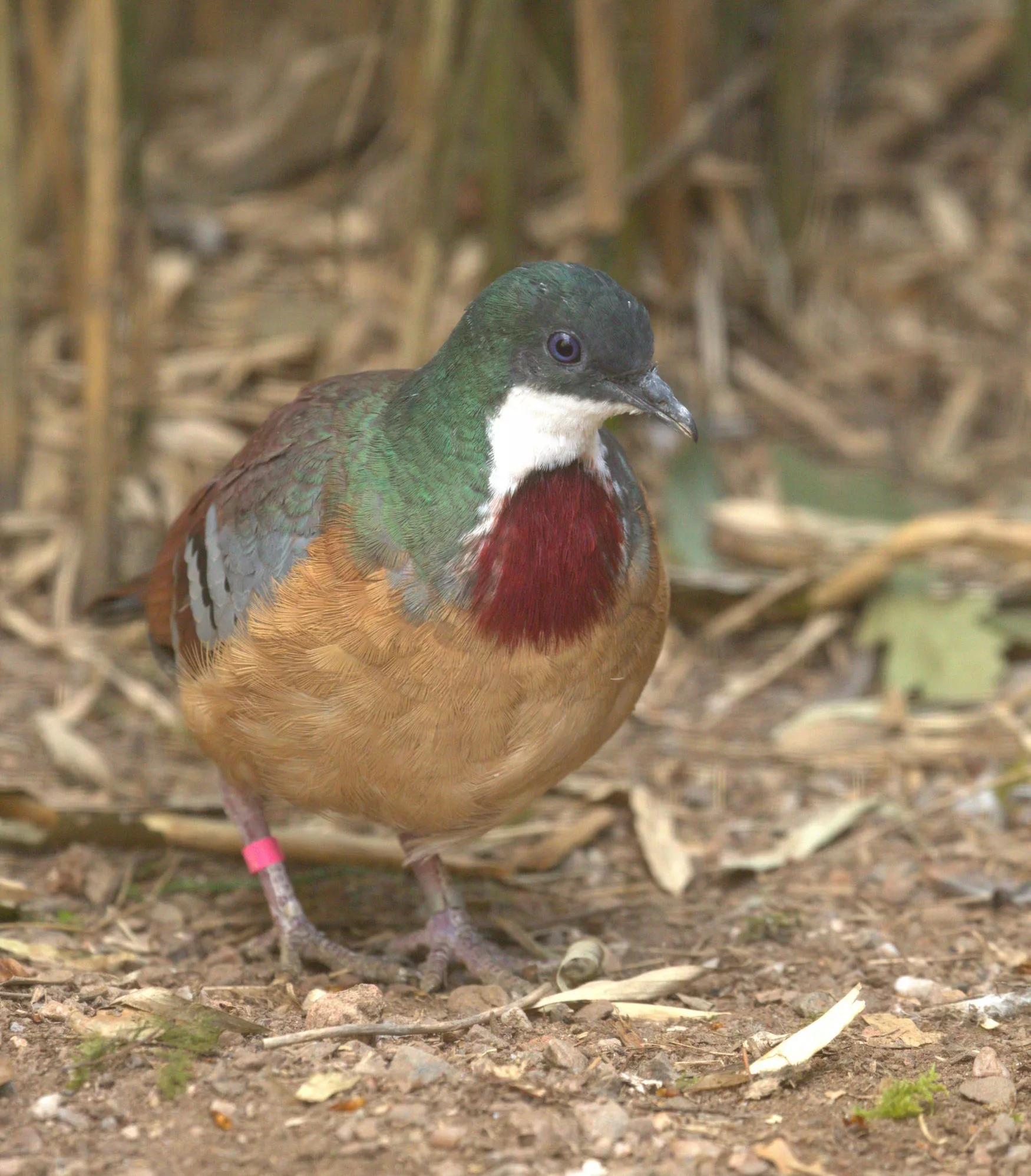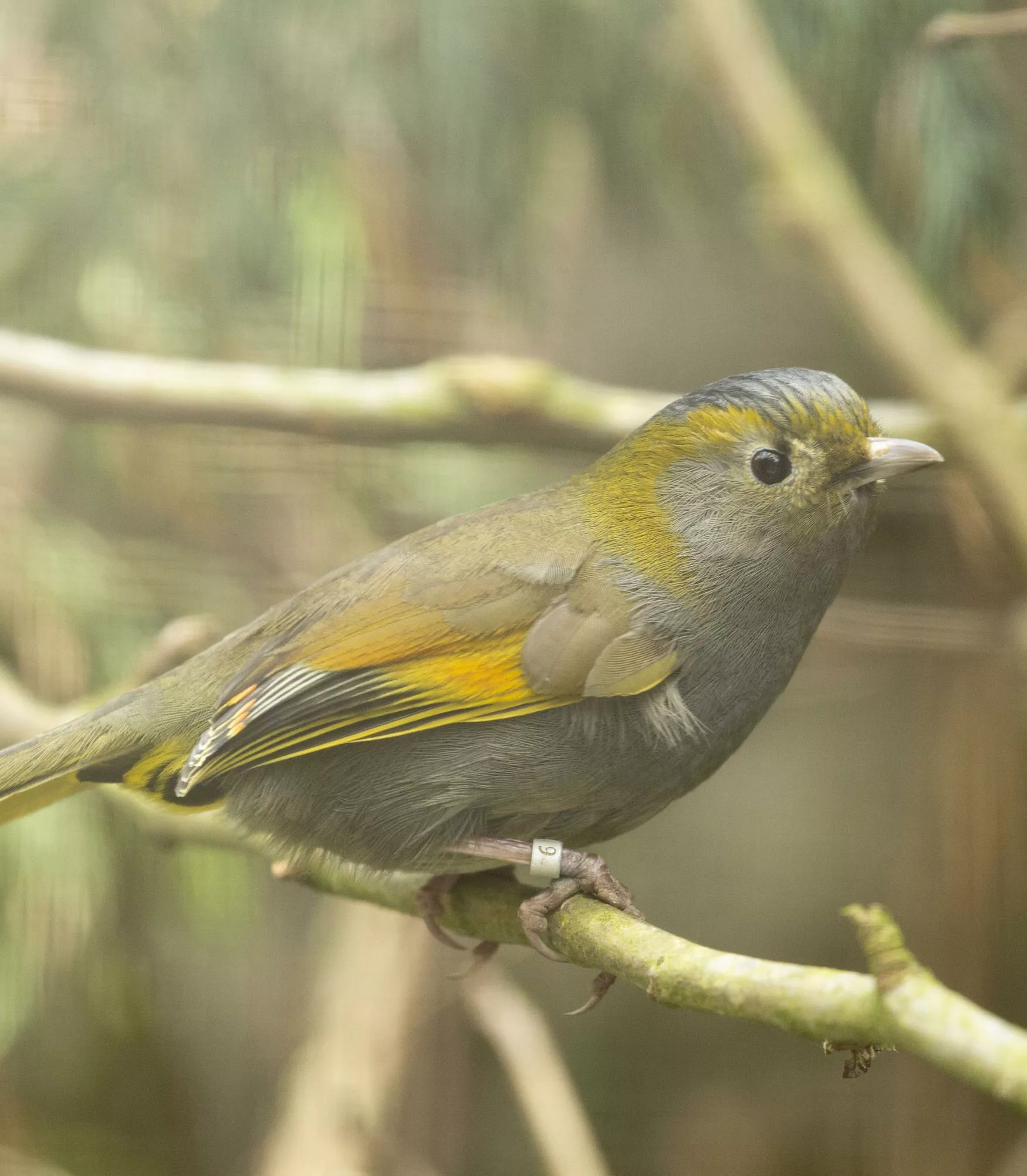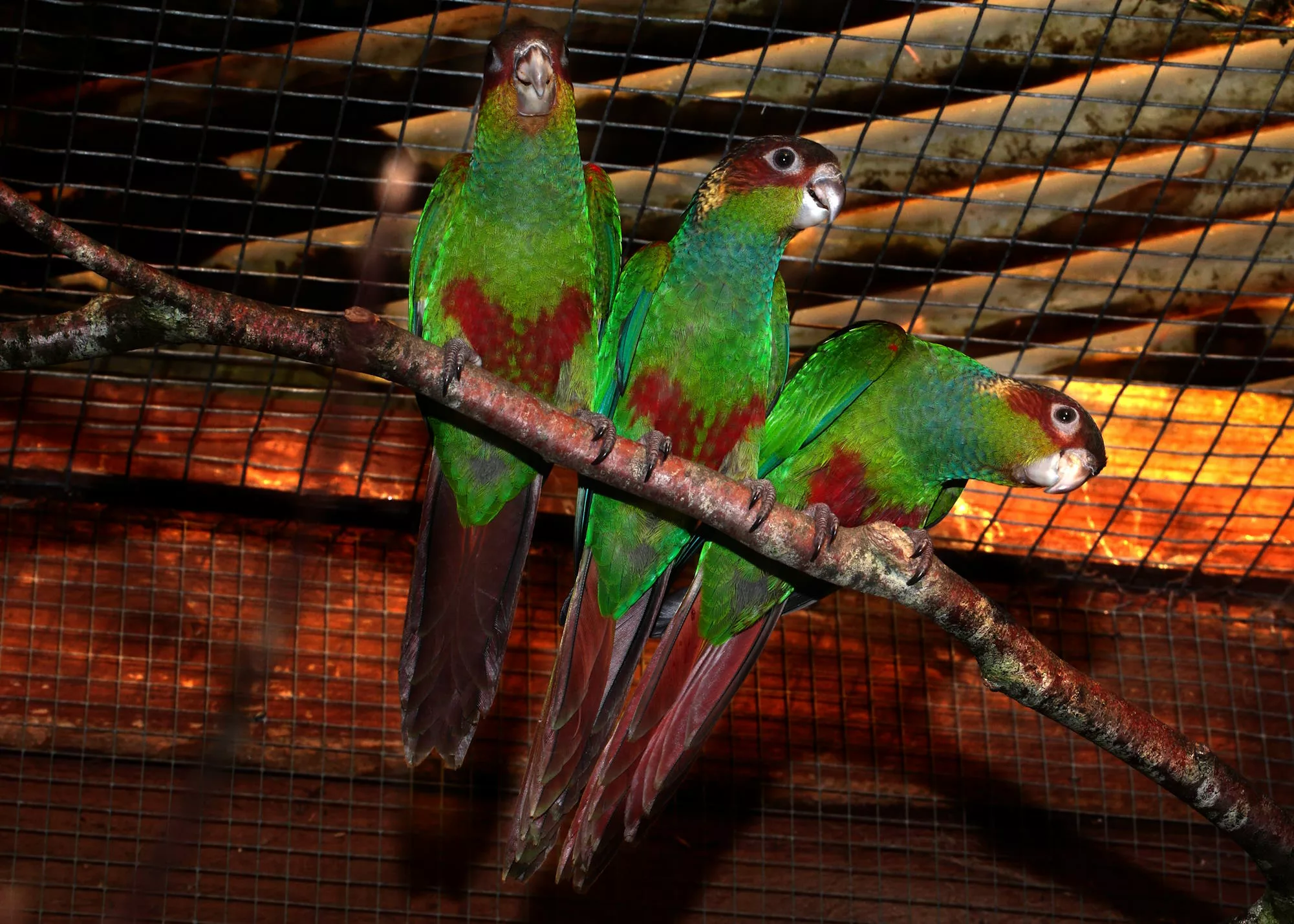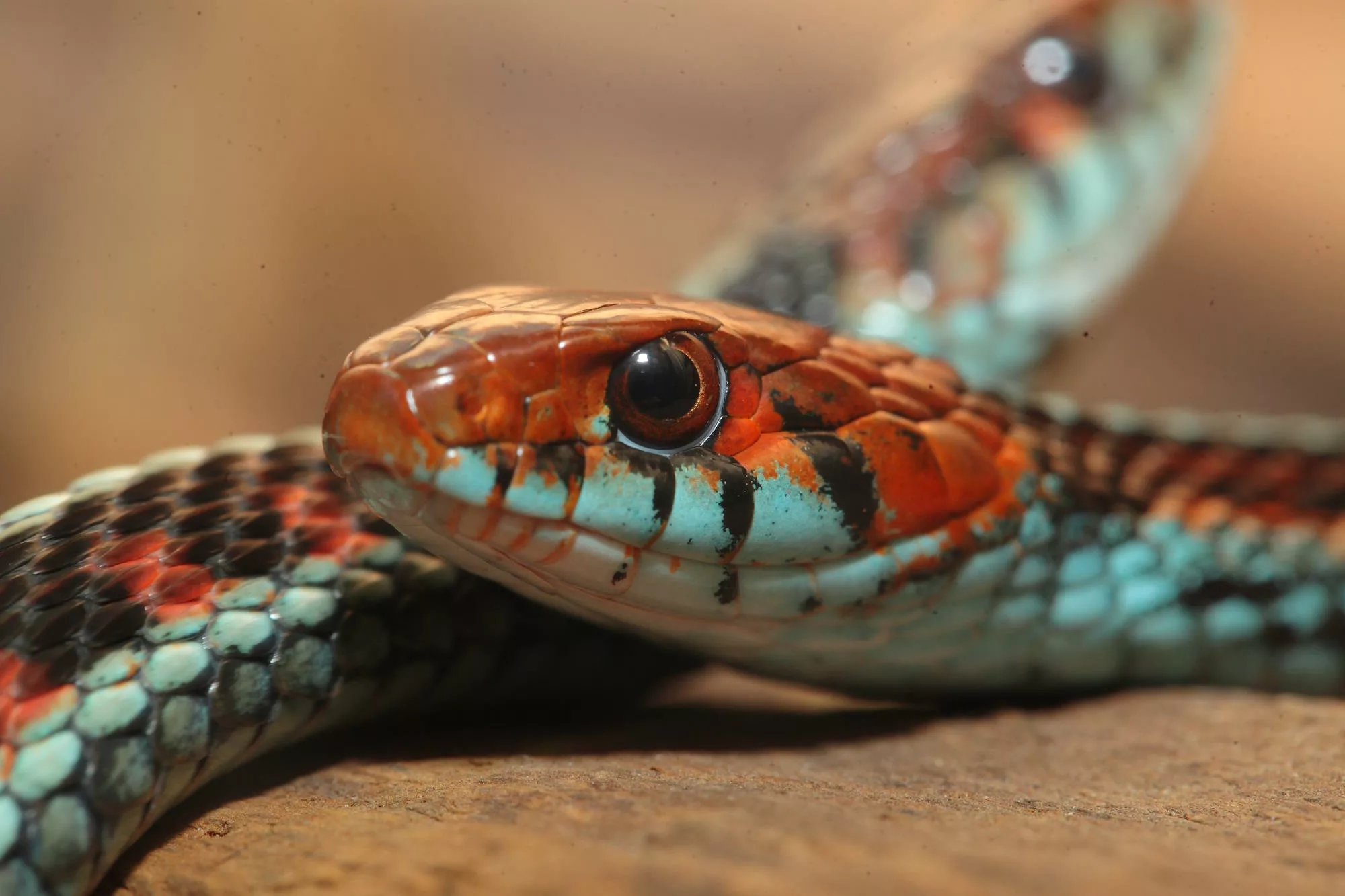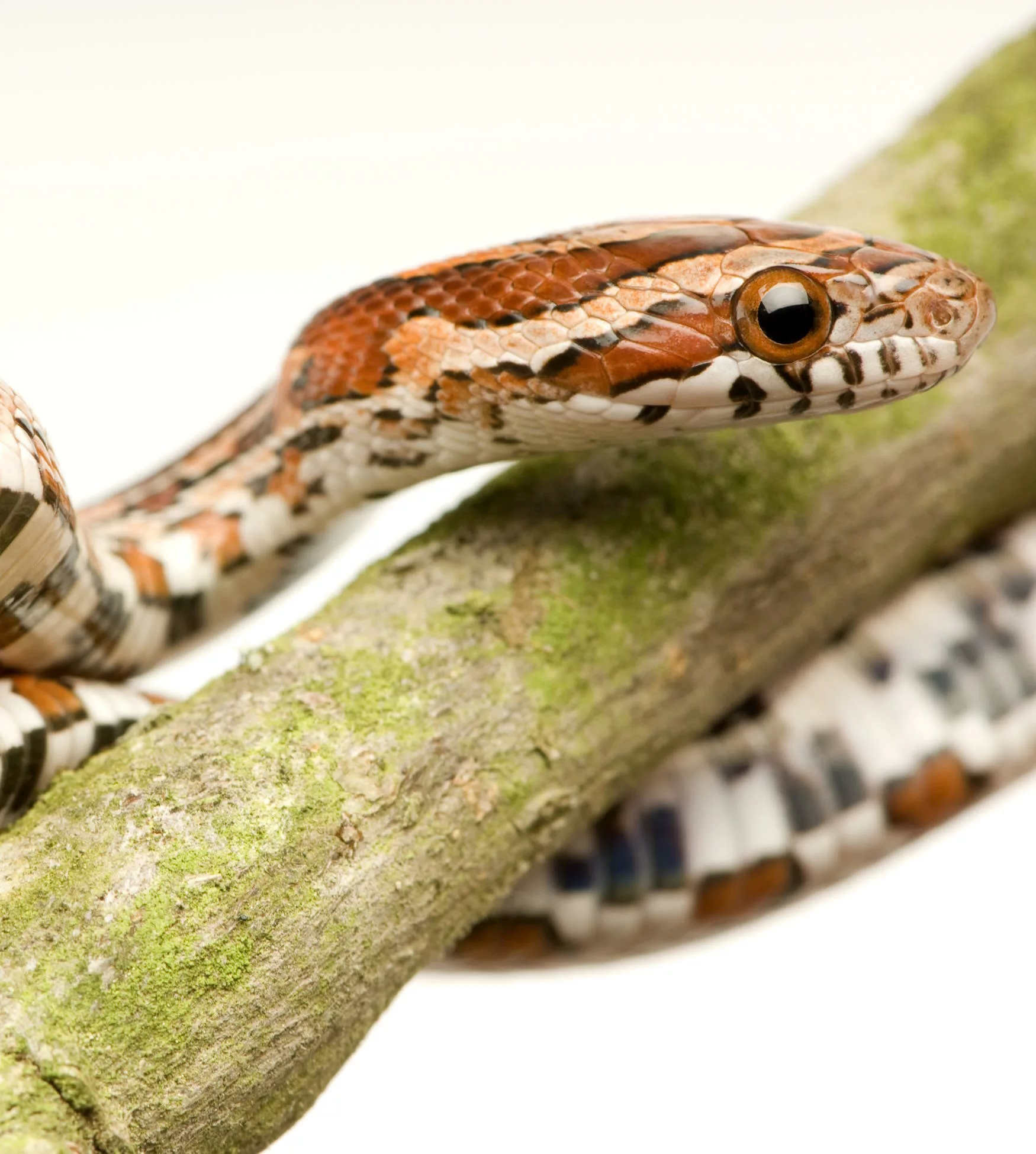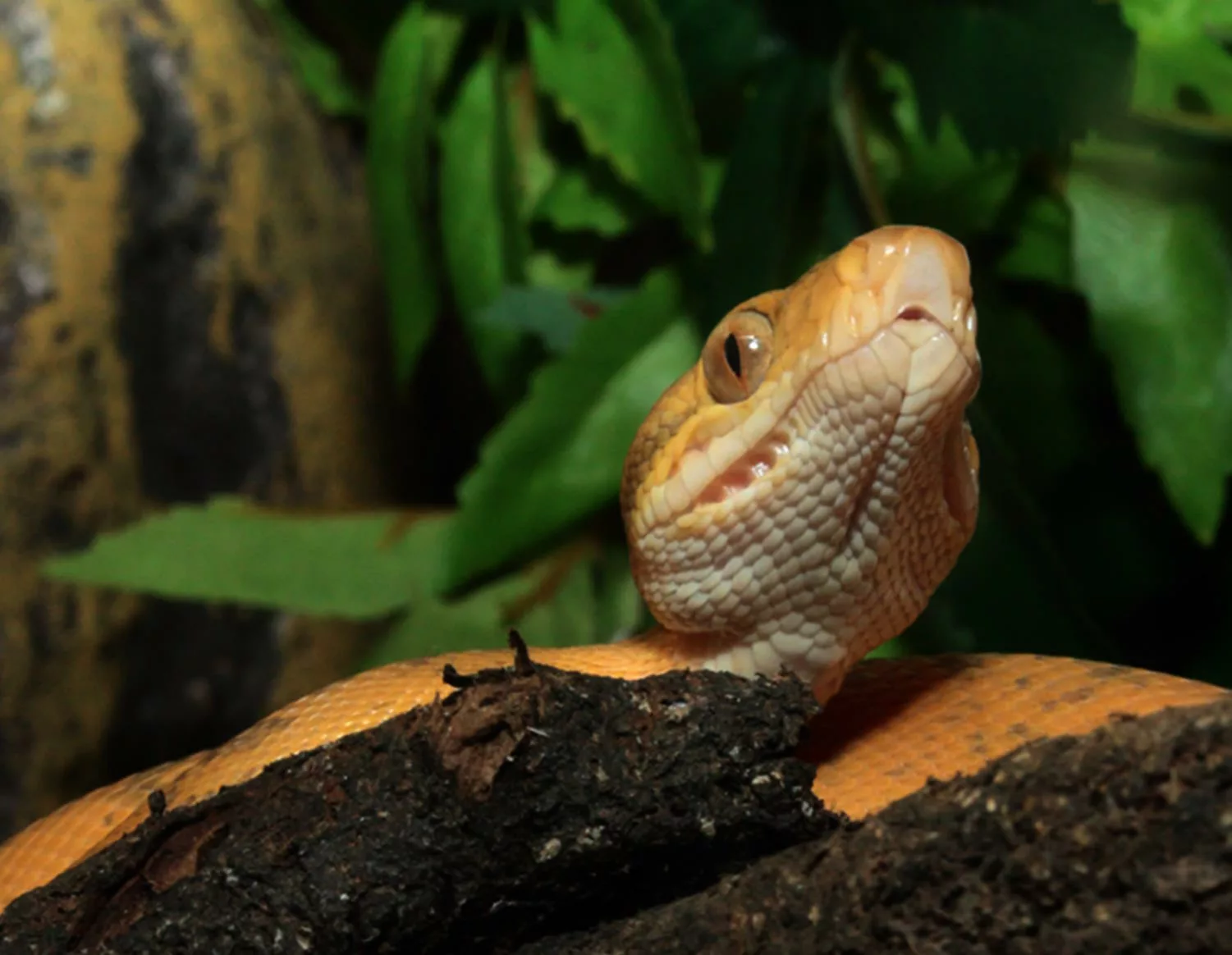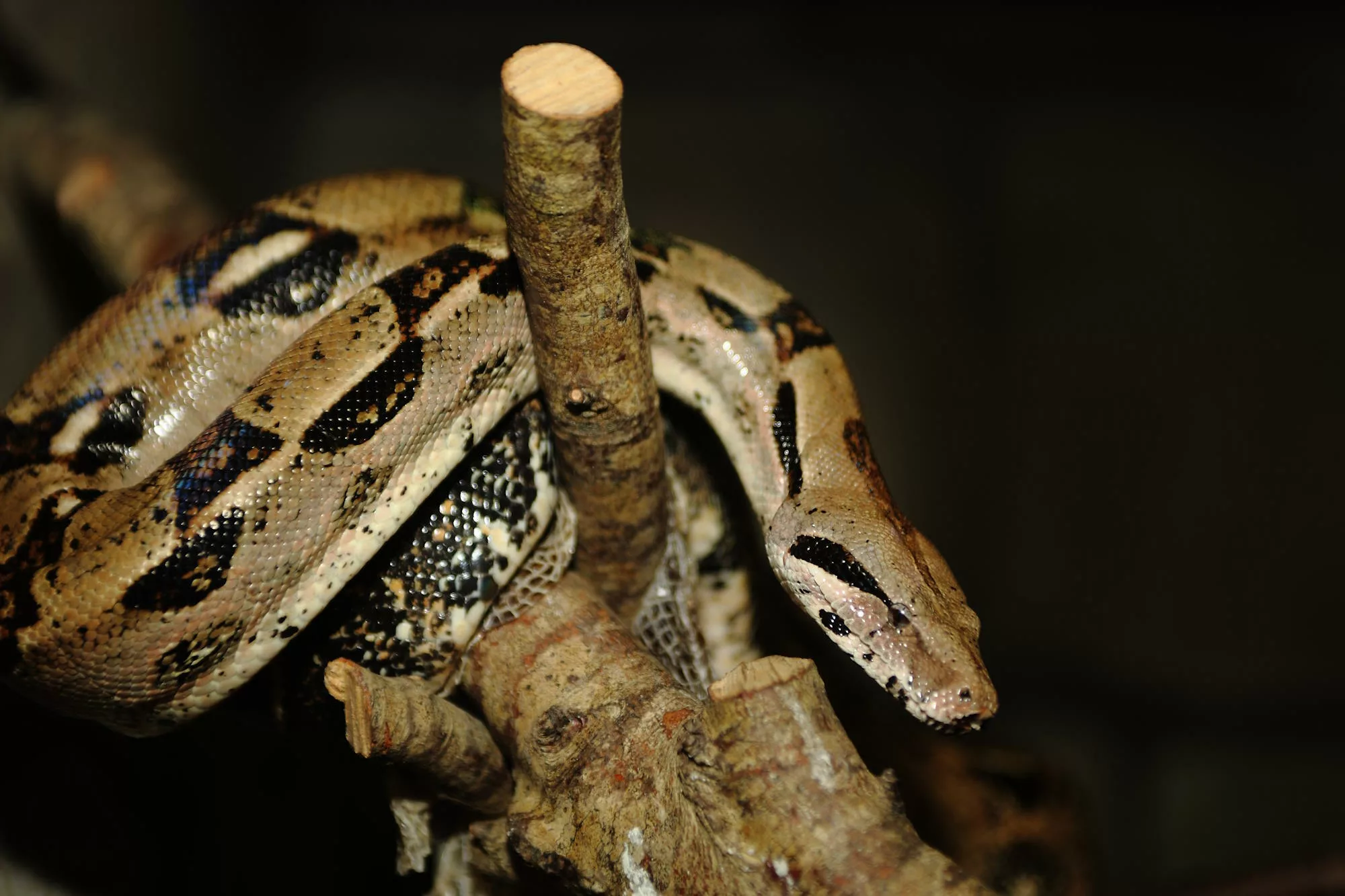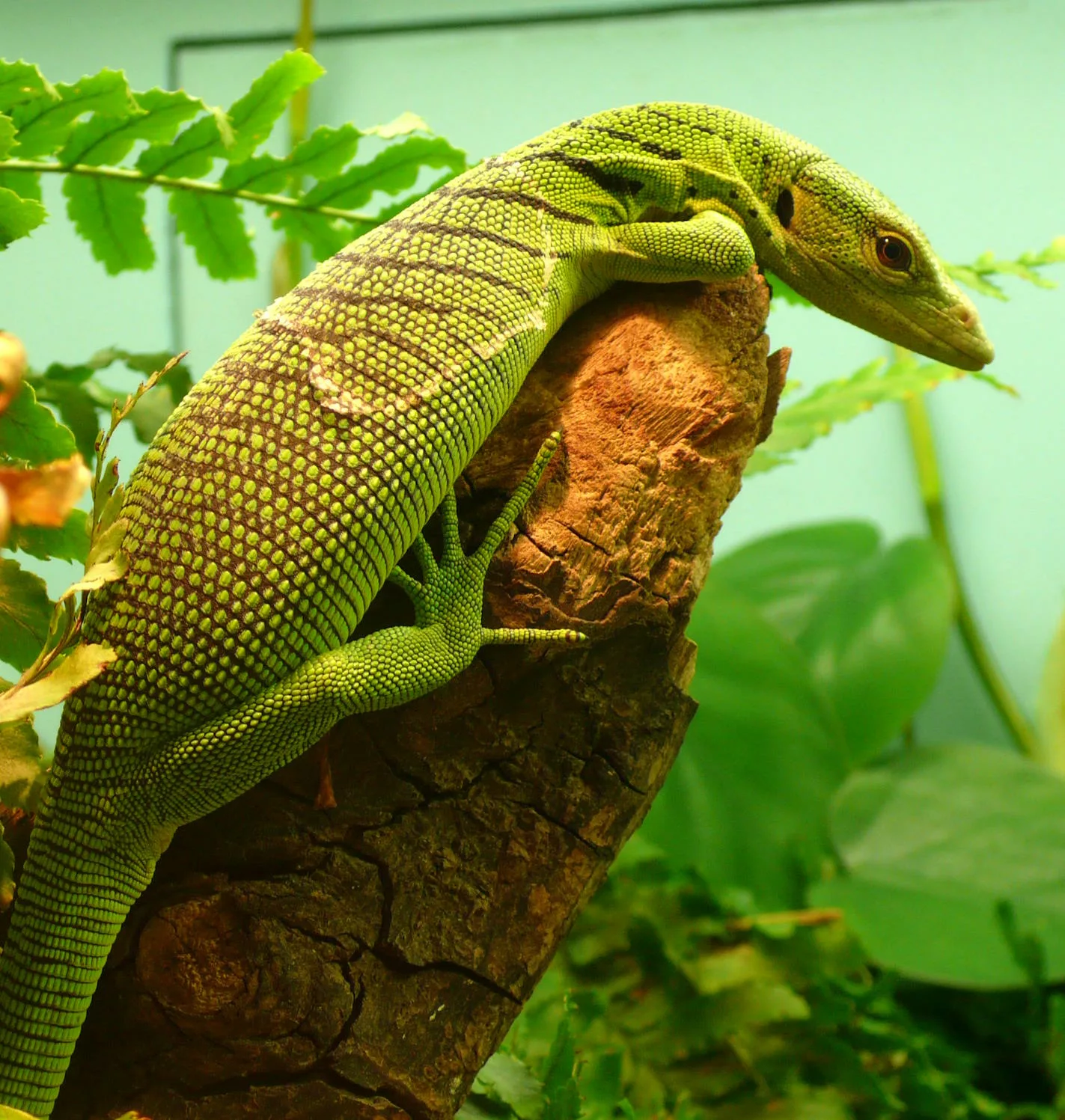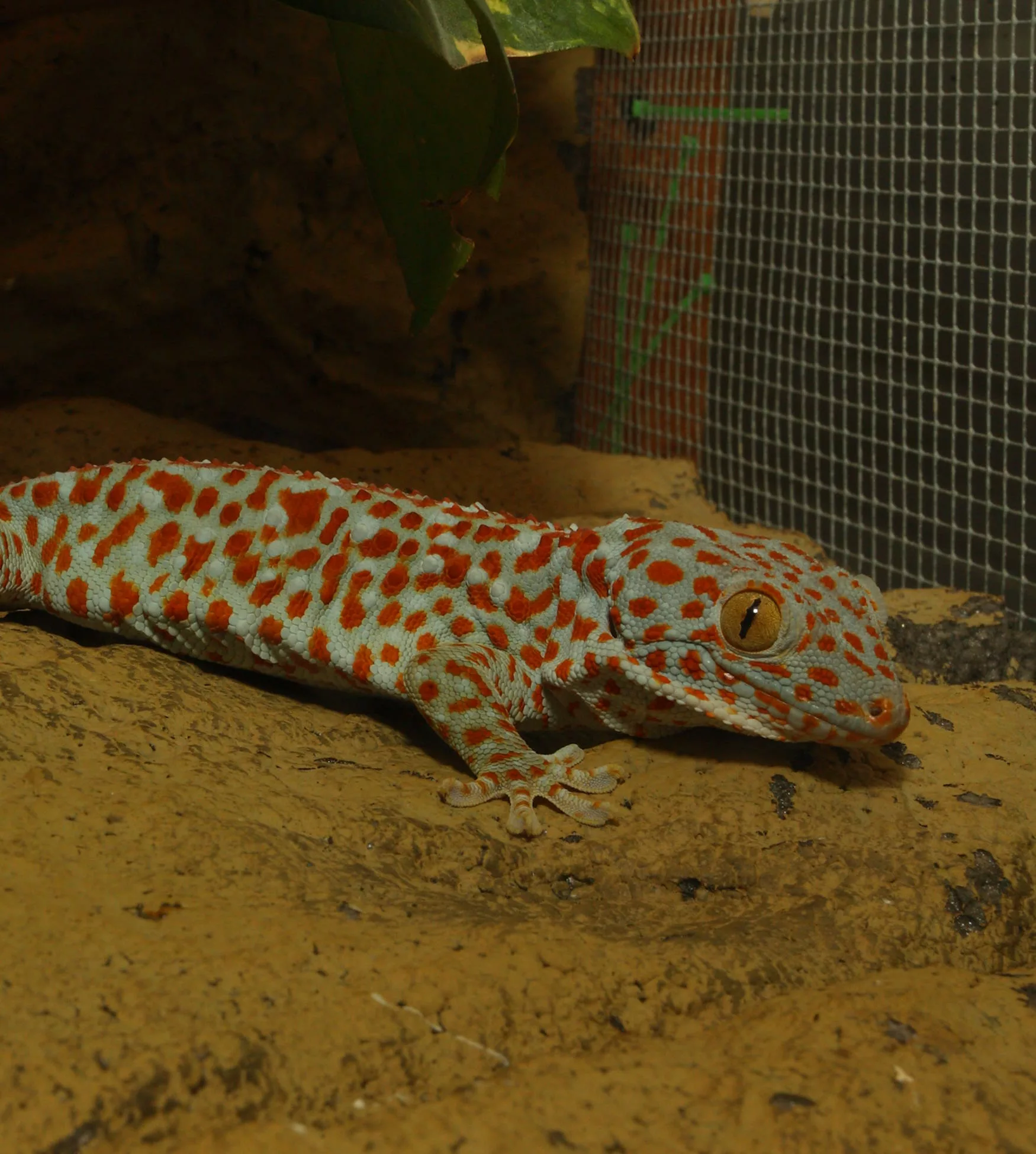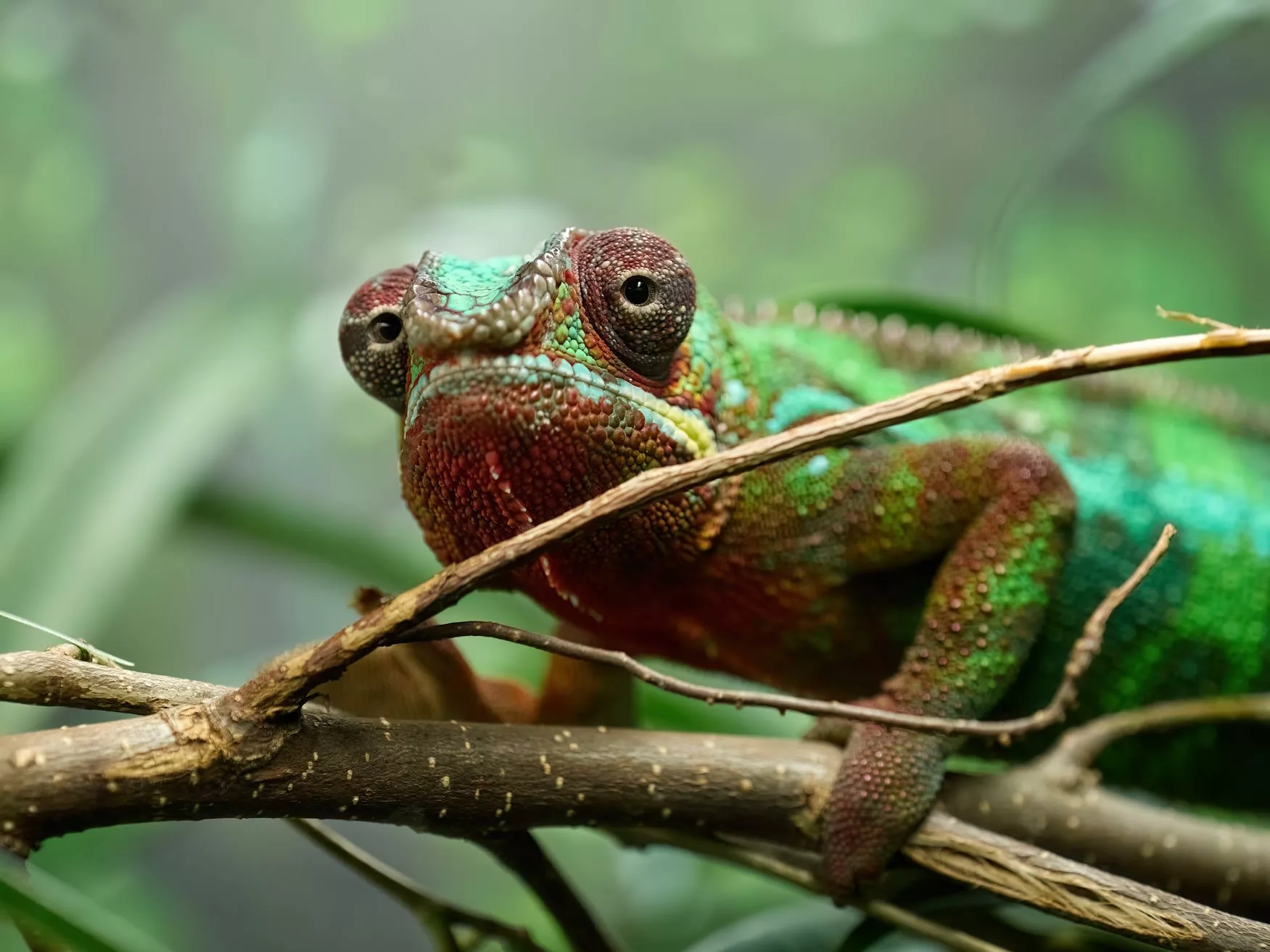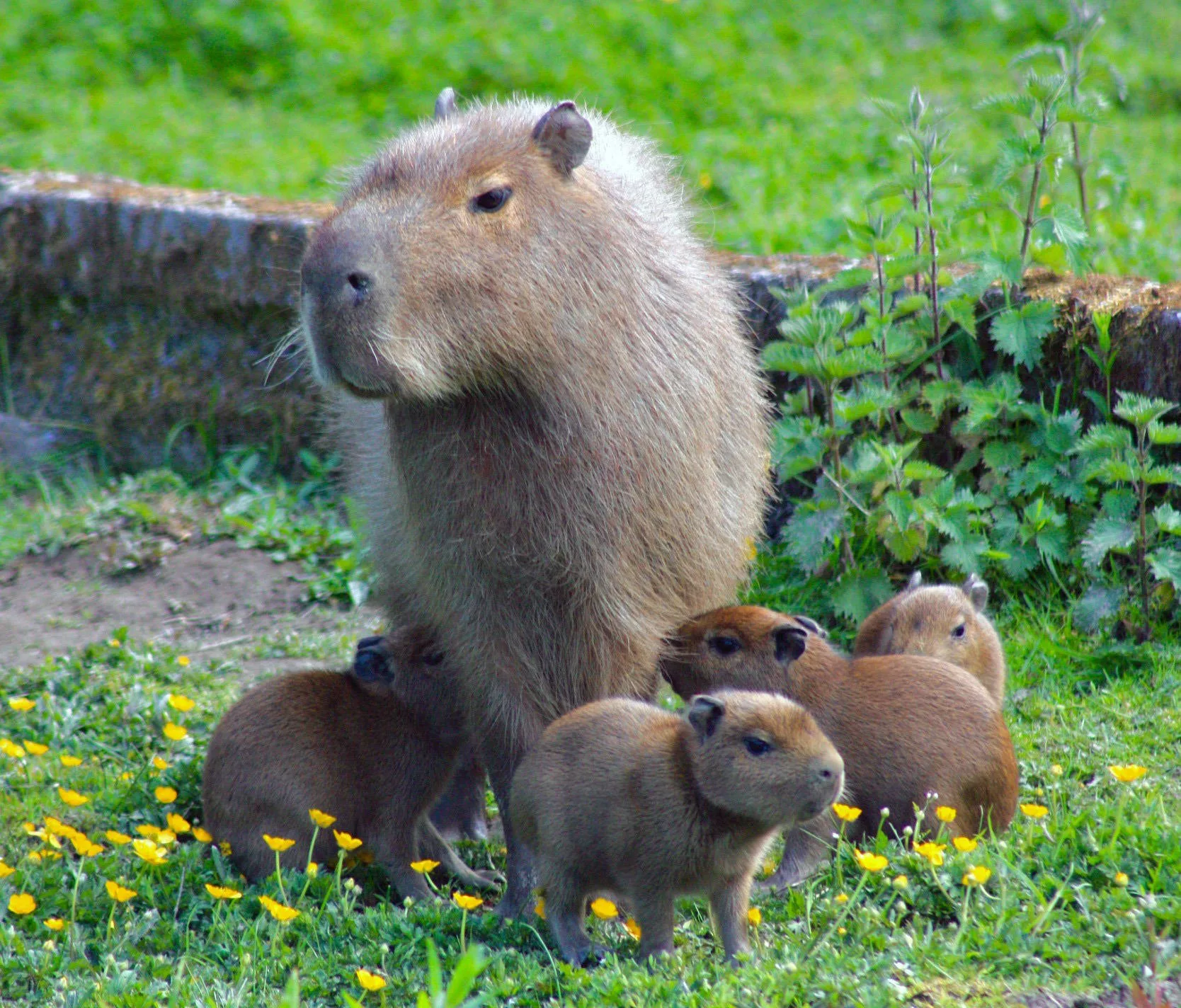
Yellow-headed poison dart frog
Scientific name: Dendrobates leucomelas
IUCN listed as: Stable
Learn before you visit!
Here are some facts about the species – Discover what they eat, find out about their natural habitat, see what they like to do, and more… Set the reading style to suit you too, everyday speak or something aimed towards children.
Child-friendly
Everyday
Diet
Yellow-headed poison dart frogs primarily feed on small invertebrates such as ants, beetles, and springtails found on the forest floor. They are skilled hunters, using their long, sticky tongues to capture prey with precision. These frogs are diurnal, meaning they are most active during the day when they search for food among leaf litter and small plants.
Yellow-headed poison dart frogs like to eat tiny insects such as ants and beetles that they find crawling on the ground in the forest. They catch these insects with their long, sticky tongues during the daytime when they are most active.
Breeding
During the breeding season, male Yellow-headed poison dart frogs vocalize loudly to attract females. Once a female chooses a mate, she lays her eggs in moist places like on leaves or in bromeliads. The male guards the eggs and keeps them moist by urinating on them. After about 10-14 days, the eggs hatch into tadpoles, which the male carries on his back to water-filled bromeliads or small pools.
When it rains a lot, male Yellow-headed poison dart frogs make loud noises to find girlfriends. The girl frog lays her eggs on leaves or in plants with water. The boy frog looks after the eggs and keeps them wet by peeing on them. When the eggs hatch, he carries the tadpoles on his back to small water pools.
Habitat
Yellow-headed poison dart frogs are native to tropical rainforests of northern South America, particularly in Venezuela, Brazil, and Guyana. They prefer humid environments with dense vegetation, often found near streams or ponds where they can find food and lay their eggs. These frogs are excellent climbers, often found on tree trunks and leaves.
Yellow-headed poison dart frogs live in warm, wet rainforests in places like Venezuela and Brazil. They like to be where it’s really humid with lots of plants and near water like streams or ponds. These frogs are really good at climbing up trees and hiding on leaves.
At the zoo
In zoos, Yellow-headed poison dart frogs are housed in terrariums that mimic their rainforest habitat. These terrariums are lush with plants, have humidity control, and small water features for the tadpoles. They are fed a diet of fruit flies and other small insects. Visitors can admire their bright colours and watch their agile movements as they hunt and care for their young.
In zoos, Yellow-headed poison dart frogs live in special glass homes that look like their rainforest. There are lots of plants and little pools for their babies. They eat tiny insects like fruit flies, and people can see their bright colours and watch them jump around and look after their babies.
Behaviour
Known for their striking yellow and black banding, Yellow-headed poison dart frogs use their bright colours to warn predators of their toxicity. They move with agility on the forest floor and can leap quickly to evade danger. These frogs communicate through a series of soft chirps and clicks rather than croaking sounds typical of other frogs. When threatened, they may secrete toxic substances through their skin as a defence mechanism.
These frogs have cool yellow and black stripes that tell other animals they’re poisonous. They move fast on the ground and can jump away quickly if they feel scared. Instead of ribbiting, they make soft sounds like chirps and clicks to talk to each other. If they need to protect themselves, they can make bad-tasting stuff on their skin that makes other animals not want to eat them.
Fun facts
- Yellow-headed poison dart frogs are popular in the pet trade due to their striking appearance and small size.
- They have powerful legs that allow them to leap distances much larger than their size.
- These frogs are sometimes called “dart frogs” because indigenous peoples used their toxic secretions to poison the tips of blow darts.
- Despite their toxicity, in captivity, Yellow-banded poison dart frogs lose their poison if they are fed a different diet than what they eat in the wild.
- The bright colours of Yellow-banded poison dart frogs can vary slightly depending on where they live in the rainforest.
- Yellow-headed poison dart frogs are really popular as pets because they have such cool colours and are small.
- They can jump really far with their strong legs, even though they’re not very big.
- Long ago, people used the stuff on their skin to make poison for their blow darts.
- If they live in a zoo and eat different food, they can lose their poison.
- Their bright colours might look a bit different depending on where they live in the rainforest.
More animals to discover at our zoo
Quick Links
Tickets & Prices
You can buy tickets for Exmoor Zoo securely online, as well as finding out more price options, discover offers, and more…
What’s on…
Exmoor Zoo hosts incredible Events all through the year. You can find out about what we’ve got in store here…
Routes & info
Like any great discovery, Exmoor Zoo can feel a little off the beaten path – but don’t worry – you can plan your journey with our recommended routes and other useful travel info.

